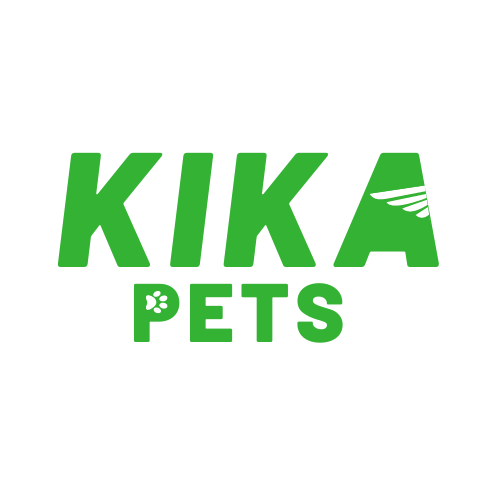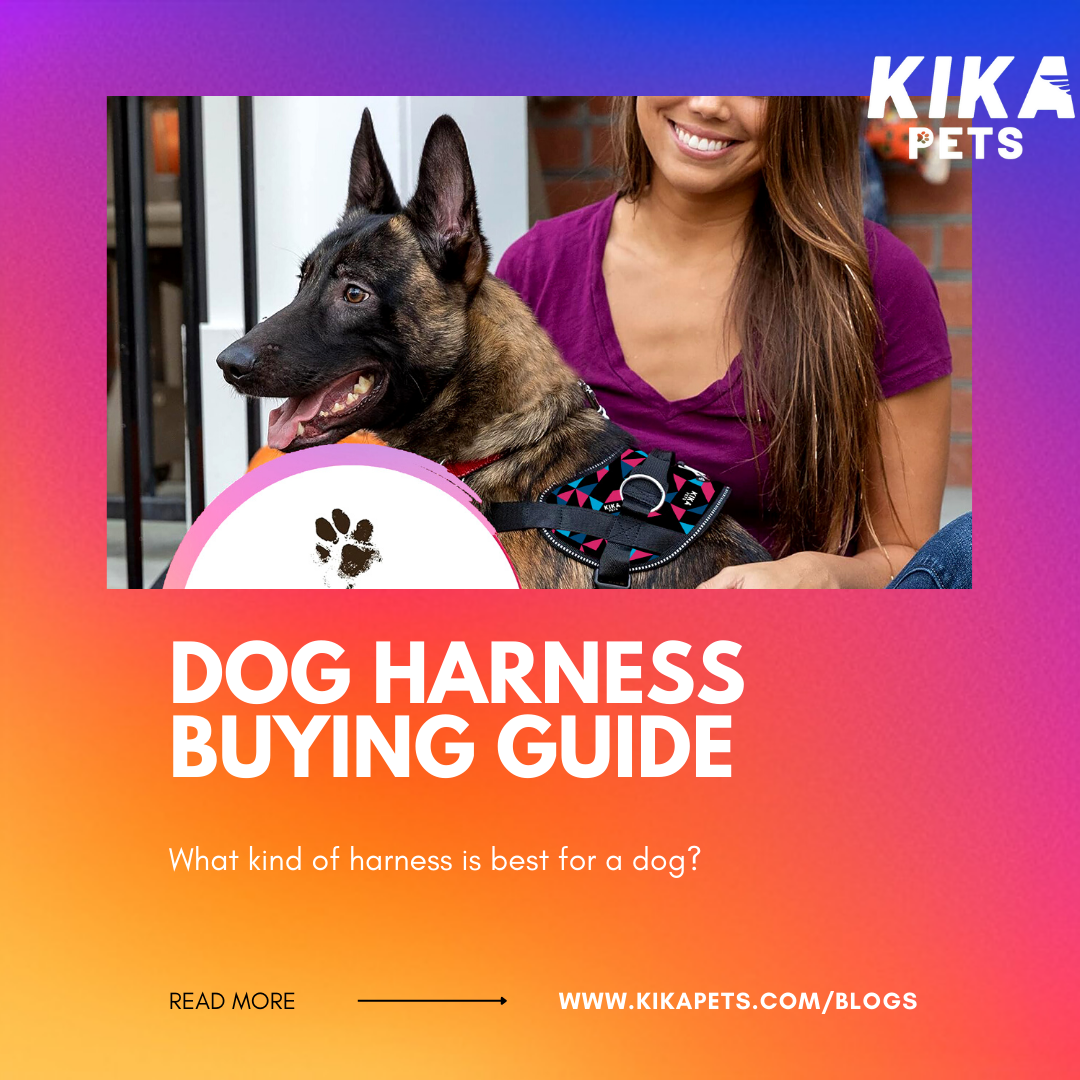Finding the Perfect Dog Harness: A Guide to Choosing the Best Fit for Your Furry Friend
Introduction: Selecting the right dog harness is a crucial decision that impacts your furry friend's comfort, safety, and overall well-being during walks and activities. With a wide range of harness options available, finding the one that suits your dog's needs can be a rewarding process. In this guide, we'll explore the various types of dog harnesses, how to choose the best fit based on your dog's size and breed, and the importance of factors like comfort, purpose, adjustability, and safety features.
1. Types of Dog Harnesses: Dog harnesses are available in several styles, each designed for a particular use. There are front-clip harnesses that discourage pulling, back-clip harnesses for casual walks, no-pull harnesses for training, step-in harnesses for convenience, and vest-style harnesses for added support. Understanding the purpose of each type will help you make an informed choice.
2. Consider Your Dog's Size and Breed: When selecting a harness, take your dog's size and breed into account. A small breed might benefit from a harness that distributes pressure evenly, while a larger dog might require a sturdier harness with reinforced attachment points. Knowing your dog's measurements and body structure ensures a secure and comfortable fit.
3. Comfort and Material: Choose a harness constructed of flexible, air-breathable, long-lasting materials. Padded harnesses prevent chafing and discomfort, especially during extended wear. Consider materials that are machine-washable for easy maintenance.
4. Purpose of Use: Determine the primary purpose of the harness. If you're training your dog, a no-pull harness with front attachment points might be ideal. For everyday walks, a back-clip harness offers simplicity. If you and your dog enjoy outdoor adventures, a vest-style harness could provide added support.
5. Adjustability and Fit: To ensure your dog's comfort and safety, measure your dog's chest and neck accurately. Look for a harness with adjustable straps to achieve a snug fit without restricting movement. An ill-fitting harness can lead to discomfort, chafing, or even potential injuries.
6. Personalization: Consider adding a personalized touch to your dog's harness. Personalization not only adds a unique flair but also ensures that your dog's harness stands out. Whether it's a monogram, a fun pattern, or their name embroidered, personalization can enhance both the functionality and style of the harness.
7. Safety Features: Safety is paramount during walks. Look for harnesses with reflective strips or stitching for enhanced visibility during low-light conditions. Some harnesses come with a sturdy handle on the back, allowing you to maintain better control of your dog when needed.
8. Customer Reviews and Recommendations: Before making a purchase, read customer reviews and recommendations. Real-world experiences can offer valuable insights into the harness's performance, comfort, and durability. Learning from others' experiences can help you make a confident choice.
Conclusion: Selecting the right harness is an investment in your dog's comfort and safety. By considering factors like type, size, comfort, purpose, adjustability, and safety features, you can make an informed decision that enhances your walks and adventures together. Remember that a personalized touch can make the harness uniquely yours while prioritizing safety and functionality. Explore our range of personalized dog harnesses to find the perfect fit for your furry companion.

